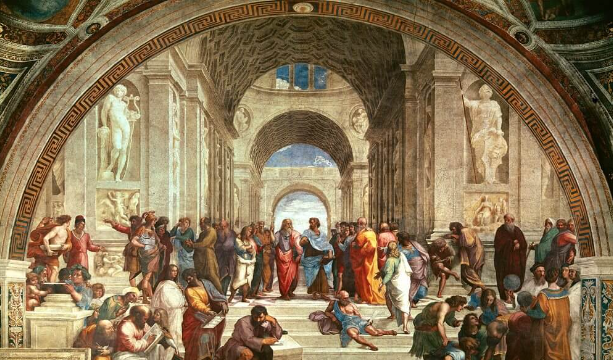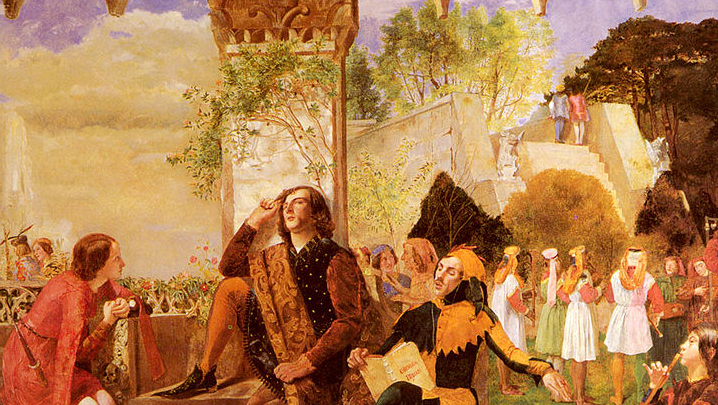No worries. It was daunting trying to tie it up. I'm actually kinda releaved. I had worked on it for like 2 weeks and still had no ending in sight. So I'm glad to dramatically summarize here. It's probably how I should write these anyway.
My mom has a fridge that literally has meltdowns every few days. She bought it last year, it still doesn't work as intended, and it beeps so loud over were not sure.
No option to turn off the sound. I want to mcguyer in there and tear the speaker out, but I don't want to voided the warranty before they actually fix it.
:(, this is one of the ones I was writing a huge description on... I'll just post my research here.
Ophelia
Ophelia is a character in Hamlet.
Long story short, she goes crazy after discovering Hamlet, her betrothed (who is acting crazy to see what his enemies will do), killed her father (by accident, thinking he was someone else - but she doesn't know that). Then, she's walking around a forest in shock, unable to comprehend the horrible events, singing these songs: https://www.youtube.com/watch?v=TcmN1zBSf4c. A few scenes later Gertrude said she drowned, and they're not sure if it was a suicide or accidental.
In the painting she is laying down in the water, either still singing or recently dead (depending on your interpretation).
Pre-Raphaelites
This is another work of the Pre-Raphaelite Brotherhood - a group of British painters that rejected the at-the-time notion to follow Raphael's prolific output. They thought it was formulaic and made for dull paintings. They were basically the emo kids of the mid-1800s art world. They thought only the most dramatic subjects should be painted, and detail should be given to stuff like the background - Raphael largely ignored anything but the main subjects of the painting.
In this painting you can see a lot of time was spent on the trees and flowers surrounding her.
Compare that with Raphael's most famous work:

There's a background and some foreground, but it's in service of the main characters -who are the only elements with bright colors. Ophelia seems to be inseparable from the other elements in the painting, and the flowers around her are brightly colored.
The Pre-Raphaelites were also a precursor to the Impressionists, who would pop on the scene 20 years later in France.
The plants, most of which have symbolic significance, were depicted with painstaking botanical detail. The roses near Ophelia's cheek and dress, and the field rose on the bank, may allude to her brother Laertes calling her 'rose of May'. The willow, nettle and daisy are associated with forsaken love, pain, and innocence. Pansies refer to love in vain. Violets, which Ophelia wears in a chain around her neck, stand for faithfulness, chastity or death of the young, any of which meanings could apply here. The poppy signifies death. Forget-me-nots float in the water. [2]
Siddal
Elizabeth Siddal posed for hours in a tub while Millais painted. She stayed, motionless despite the oil lamps keeping the water warm burning out, and she nearly died from the resulting illness (that's the story, but she also seemed like a sickly person that may have had tuberculosis). Siddal was a model for many of the Brotherhood, and eventually married one. She later died from overdosing pain meds before it was cool (although it may have been a suicide).
Here's a more extreme version of a Pre-Raphaelite background I was talking about earlier:

See how the main characters are the center of the painting's attention, but almost no one else is paying attention to them. There seems to be something going on stage right. Note: it also has Siddal as a model.
Wow, "Painting 1946" is super creepy
Haha, right. Francis Bacon painted the metal one in 1953.
Not this Francis Bacon: https://en.m.wikipedia.org/wiki/Francis_Bacon that died in 1626,
but this one: https://en.m.wikipedia.org/wiki/Francis_Bacon_(artist)
It was based on a painting by Valazquez in 1650.
I have seen that one, and I agree. I didn't know about the 14 black ones tho, thanks for the info.
That's ok. Edit: What I mean is, that's a valid argument. If it doesn't speak to you, that's ok. It spoke to me, filled me with a little dread when I first saw it - like it was made by a giant spider. And fear is a cool thing to get from a painting, I think. But if it doesn't do anything for you, that just means we've had different life experiences, and ya know of course we have.
She's a practicing member of the cult of cthulu.
Here's a write-up from the Smithsonian: https://americanart.si.edu/artwork/girl-i-left-behind-me-11492
It says it's based on this song: https://youtu.be/FW0b7O5EFS8?si=zjDgbS8CL5zZagbz
I grew up near one of the battlefields and they attract all kinds of history buffs. In, fact my history teacher in high school is one of these guys.
He'd take us to the battlefield, the middle of the field, and explain what we'd be seeing if we were there at the time. It was incredible, even as a kid. But, I still didn't have as much appreciation for it as I would now.
Education is wasted on the youth.
I see him on FB occasionally and ask him to make videos, but he doesn't have the time. So it goes.
In case you were curious, from Wikipedia:
Moscovium is a synthetic element with the symbol Mc and atomic number 115. It was first synthesized in 2003 by a joint team of Russian and American scientists at the Joint Institute for Nuclear Research (JINR) in Dubna, Russia. In December 2015, it was recognized as one of four new elements by the Joint Working Party of international scientific bodies IUPAC and IUPAP. On 28 November 2016, it was officially named after the Moscow Oblast, in which the JINR is situated.
Great factoid and great un.